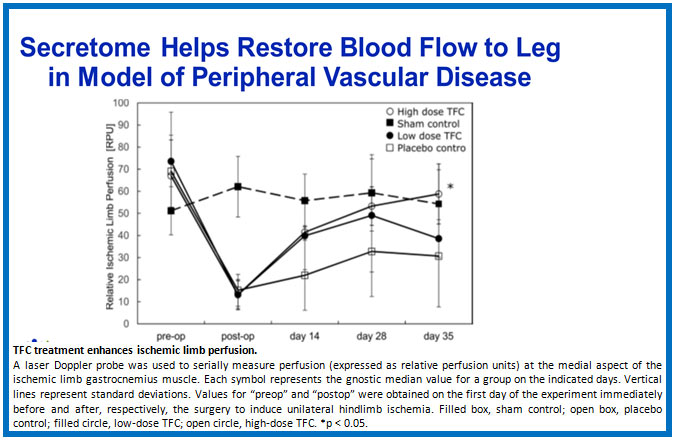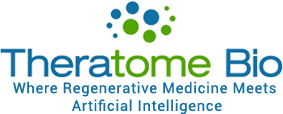Prevention of Limb Amputation
 Background
Background
Critical limb ischemia (CLI) is a severe blockage in the arteries of the lower extremities, which markedly reduces blood-flow. It is a serious form of peripheral arterial disease (PAD), but less common than claudication. PAD is caused by atherosclerosis, the hardening and narrowing of the arteries over time due to the buildup of fatty deposits called plaque.
CLI is a chronic condition that results in severe pain in the feet or toes, even while resting. Complications of poor circulation can include sores and wounds that won’t heal in the legs and feet. Left untreated, the complications of CLI will result in amputation of the affected limb to preserve the individual’s overall health and prevent thespread of infection or further complications.
While advances in prosthetics have improved the mobility and quality of life for individuals with amputations, preserving the natural limb remains a priority. Current treatments for salvaging a leg from amputation include vascular interventions, tissue grafts, and innovative surgical techniques. However, there are limitations in terms of successful limb salvage, as severe trauma or extensive tissue damage may render the limb non-viable. Developing therapies that can enhance tissue regeneration, promote wound healing, and restore blood flow to the affected limb are thus essential in improving the success rates of salvaging legs from amputation.
The Theratome Solution
The use of Secretomes have been shown to provide needed growth factors and cytokines. The data generated from a preclinical study was impressive – tissue perfusion in ischemic limbs was almost double that of the placebo group. This effect was correlated with greater capillary density in the affected tissues with higher serum levels of the angiogenic and pro-survival factors vascular endothelial growth factor (VEGF) and hepatocyte growth factor (HGF).
The analysis showed that Secretomes had a VEGF level 46 times greater than human serum (25). Studies in a rabbit model of peripheral vascular disease determined an optimal effect with administration of human vascular endothelial growth factor (VEGF) at ~235 μg/kg body weight [25]. Effective in vivo doses of Thera-101 contain approximately 0.075 μg VEGF/kg. Importantly, due to the presence of multiple synergistic factors contained in Secretomes, the concentration of each factor required to achieve important effects can be significantly lower than when single factors are employed. This fact in turn may reduce off-target effects while preserving therapeutic efficacy, in comparison with single factor therapies.

